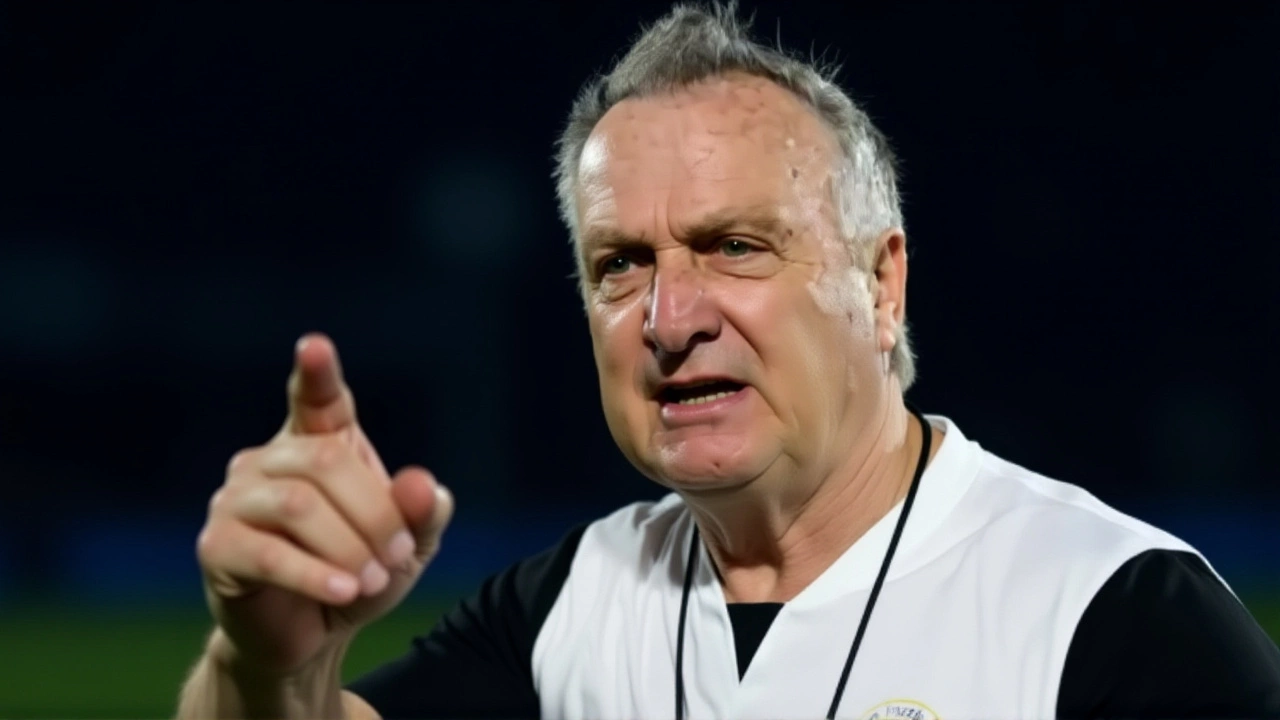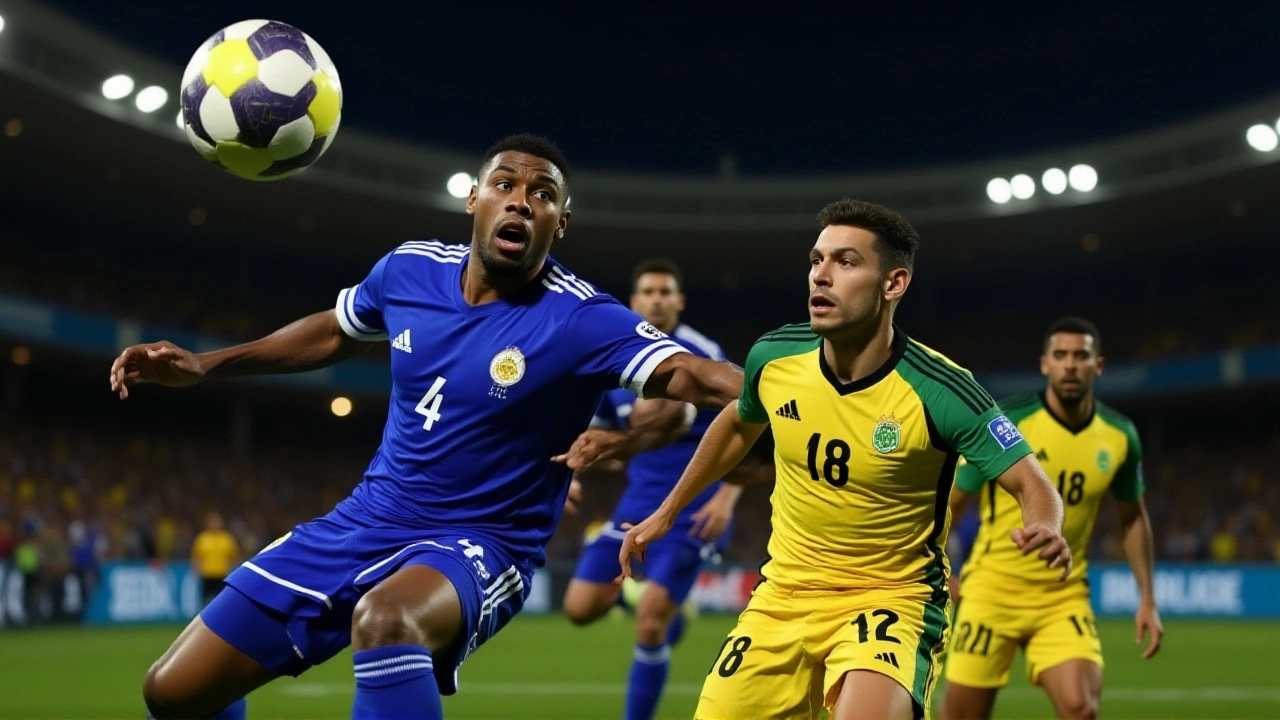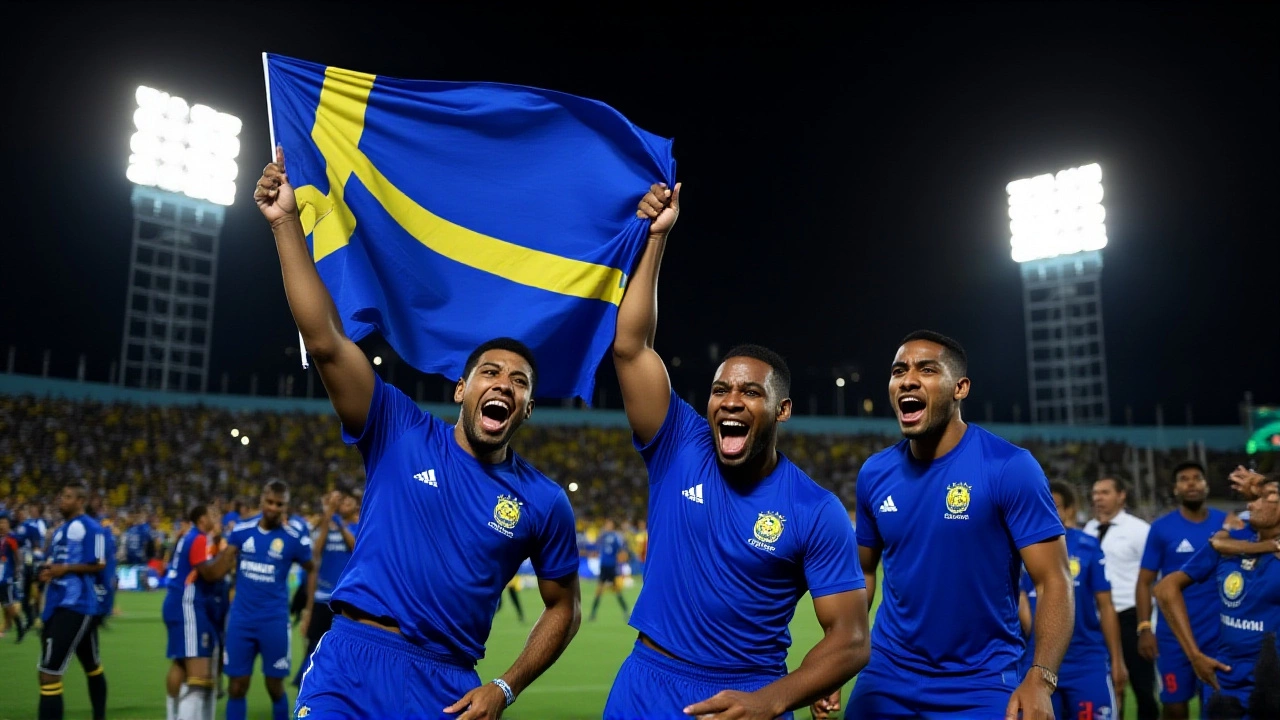On November 19, 2025, at 00:01:07 UTC, a quiet Caribbean island with fewer than 160,000 people made global football history. Curaçao defeated Jamaica in a nail-biting CONCACAF World Cup qualifier to become the smallest nation ever to reach the 2026 FIFA World Cup. The win wasn’t just a victory—it was a seismic moment for a place many couldn’t find on a map, let alone imagine competing on football’s biggest stage.
A Nation That Wasn’t Supposed to Be Here
Curaçao isn’t a sovereign state in the traditional sense. It’s a constituent country within the Kingdom of the Netherlands, with its own government, flag, and—crucially—its own FIFA-recognized national team since 2011. Before that, its players wore the colors of the Netherlands Antilles, which dissolved in 2010. For over a decade, Curaçao’s footballers fought in the shadows of giants: the Netherlands, Brazil, even Jamaica, which boasts a population nearly ten times larger. But on Wednesday night, they didn’t just compete—they conquered.
Spontaneous celebrations erupted the moment the final whistle blew. In footage captured by Agence France-Presse (AFP), an unnamed player turned to his teammates and said, "I’m so proud of you guys and thank you." Another, still catching his breath, added: "We’re super proud. You guys did great. I didn’t expect this because I thought Jamaica was a strong team, but we did it. Finally, we did it." At the 35-second mark of the video, a third voice rose above the noise: "We will show everyone that we are small, but we are big at heart. We’re going to show them that we are big at heart." The crowd roared. The cameras kept rolling. The world watched.
Why This Matters More Than the Score
The exact score? Still unconfirmed. The venue? Unspecified. The kickoff time? Lost in the chaos of jubilation. But what’s undeniable is the scale of the achievement. According to ESPN, Curaçao is now officially the smallest nation by population to ever qualify for a World Cup finals. For context: Luxembourg, with 650,000 people, has never made it. Iceland, with 370,000, reached the 2018 tournament and stunned England. Curaçao? Half a million fewer people than Iceland. And they did it without a single player from a top European club. Most play in the Dutch lower leagues, local Caribbean clubs, or even semi-pro setups.
This isn’t just a feel-good story—it’s a challenge to the entire football hierarchy. For decades, World Cup qualifying has been dominated by wealth, infrastructure, and population size. Curaçao’s success proves that passion, unity, and tactical grit can overcome those odds. Their federation, though underfunded, invested in youth academies in Willemstad and the island’s rural areas. They hired coaches from the Netherlands who believed in the project. They built a culture where every kid, no matter how poor, believed they could wear the national jersey.

The Bigger Stage: 2026 in North America
The 2026 FIFA World Cup will be held across 16 cities in the United States, Canada, and Mexico—the first three-nation host in World Cup history. Curaçao will join three other debutants: Cape Verde, Jordan, and Uzbekistan. While group stage draw details remain unannounced, the implications are already clear. Curaçao’s presence will be a global spotlight for Caribbean football. Imagine a 17-year-old in Sint Michiel watching their national team face the U.S. or Brazil on live TV. That’s not just inspiration—it’s legacy.
"This changes everything," said Dr. Lina van der Meer, a sports sociologist at the University of Amsterdam. "For decades, the Caribbean was seen as a talent pipeline, not a footballing force. Curaçao proves they can build their own identity. They’re not just exporting players—they’re exporting pride. That’s revolutionary."

What Comes Next?
The Curaçao Football Federation now faces its next challenge: preparation. With no professional league on the island, players must be assembled from across Europe and the Americas. Training camps will begin in January 2026. They’ll need visas, flights, medical support, and a full-time staff—all on a budget that would barely cover a single week’s wages for a Premier League club.
But they’re not starting from zero. They have momentum. They have belief. And they have the most powerful weapon in sports: the underdog narrative. Fans in Curaçao have already started crowdfunding for team gear. A local bakery is selling "Big at Heart" cupcakes. A school in Otrobanda is naming its new field after the team’s captain.
They won’t be favorites. They won’t be expected to win. But they’ve already done the impossible.
Frequently Asked Questions
How small is Curaçao compared to other World Cup teams?
Curaçao has an estimated population of around 160,000, making it the smallest nation ever to qualify for the World Cup finals. For comparison, Iceland (370,000) reached the 2018 tournament, and Luxembourg (650,000) has never qualified. Even tiny nations like San Marino (34,000) have never come close. Curaçao’s feat is unprecedented in FIFA history.
Why didn’t Curaçao qualify before, even though they’ve had good players?
Before 2011, Curaçao played as part of the Netherlands Antilles, which dissolved politically and in football terms. Even after forming their own federation, they lacked funding, infrastructure, and consistent coaching. Their 2025 breakthrough came after years of grassroots investment, local academies, and a cultural shift that made football a national priority—not just a pastime.
Who are the other debutants in the 2026 World Cup?
Alongside Curaçao, the 2026 World Cup will see its first appearances by Cape Verde (West Africa), Jordan (Middle East), and Uzbekistan (Central Asia). These nations represent a growing trend: football’s globalization beyond traditional powerhouses. Each has built strong youth systems and strategic coaching, proving that World Cup qualification is no longer limited to Europe and South America.
What does this mean for Caribbean football?
Curaçao’s qualification shatters the myth that Caribbean nations can only produce talent for other countries—they can build their own competitive teams. Jamaica, Haiti, and Trinidad and Tobago have all come close but never broke through. Now, Curaçao has shown it’s possible. Expect increased investment across the region, from youth academies to national federations, inspired by this historic win.
Will Curaçao’s players get paid for the World Cup?
FIFA guarantees each participating team a $1.5 million base payment, with bonuses for wins and progression. Curaçao’s federation plans to distribute a portion to players and use the rest for infrastructure—building fields, hiring coaches, and funding youth programs. Many players are semi-pros or amateurs; this money could change their lives. One defender told AFP: "This isn’t just about football. It’s about my daughter’s future."
Is Curaçao’s population figure officially confirmed by FIFA?
FIFA doesn’t publish official population rankings for qualifiers, but it uses UN and World Bank data for administrative purposes. Curaçao’s population of approximately 160,000 is widely cited by the World Bank and Caribbean Development Bank. No smaller FIFA member nation has ever qualified—making this a record based on verifiable, internationally recognized data.
